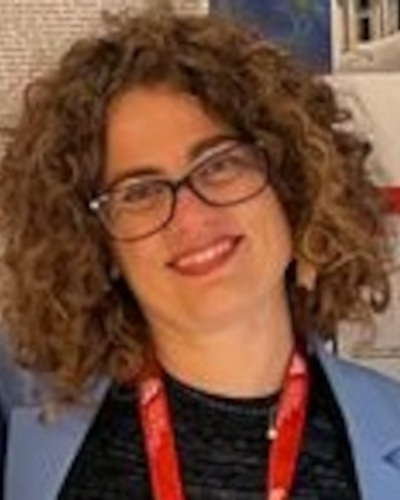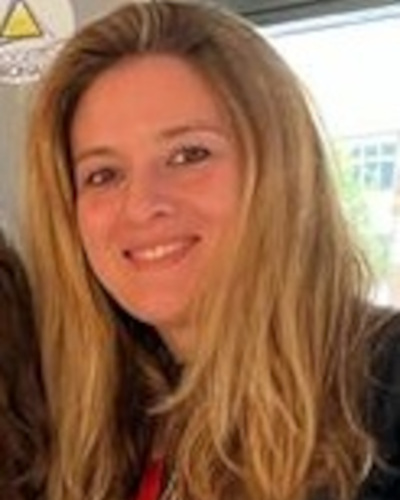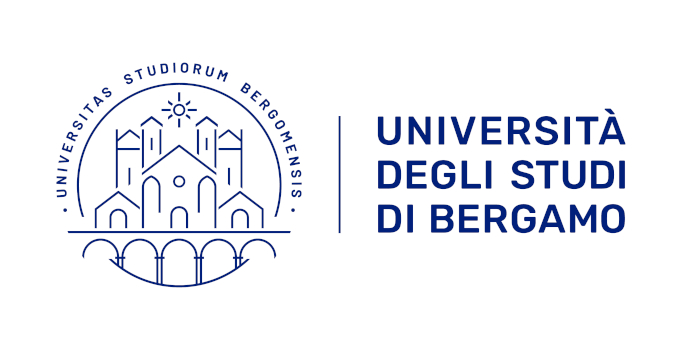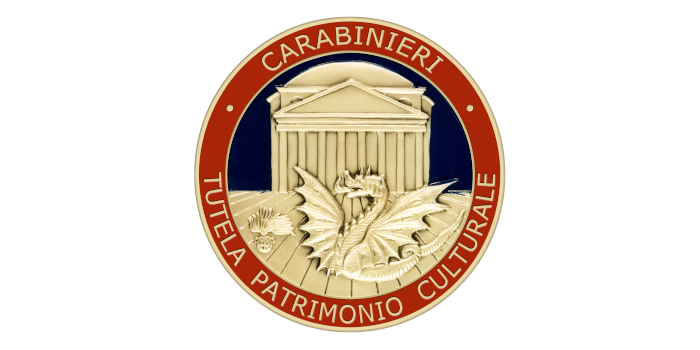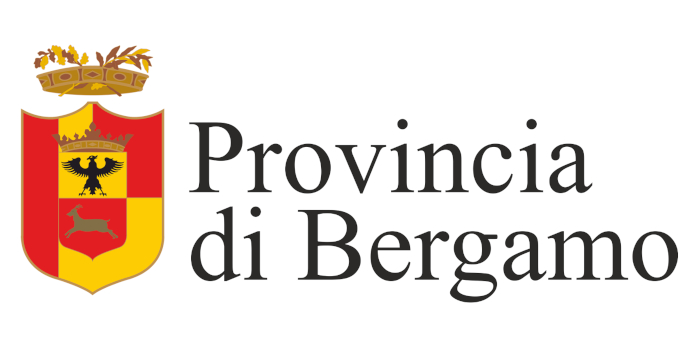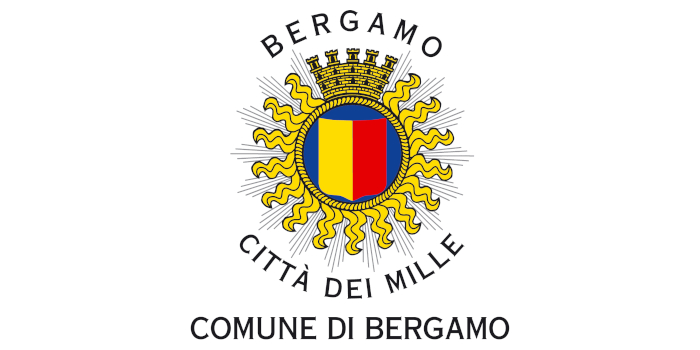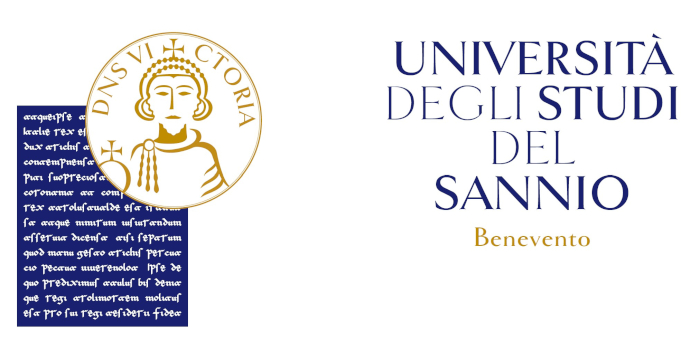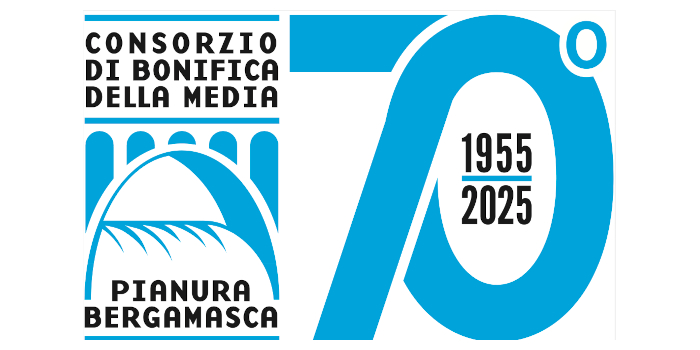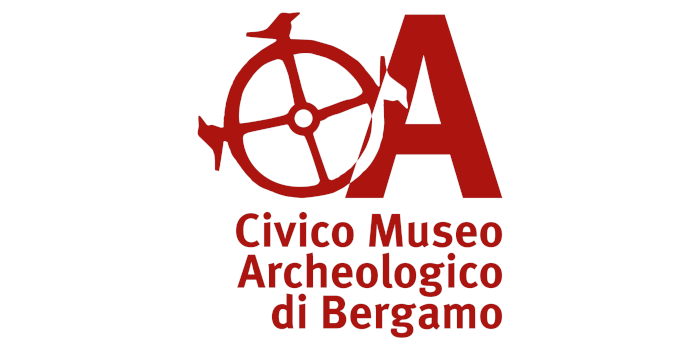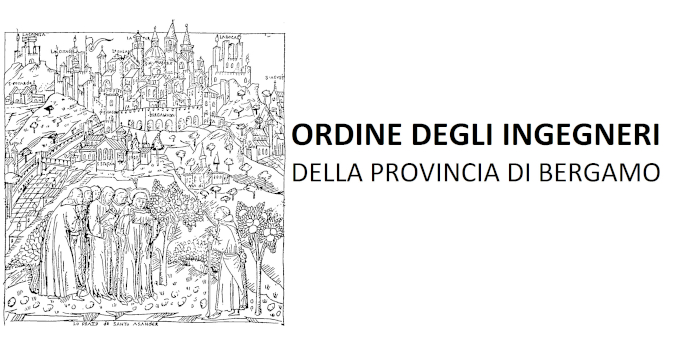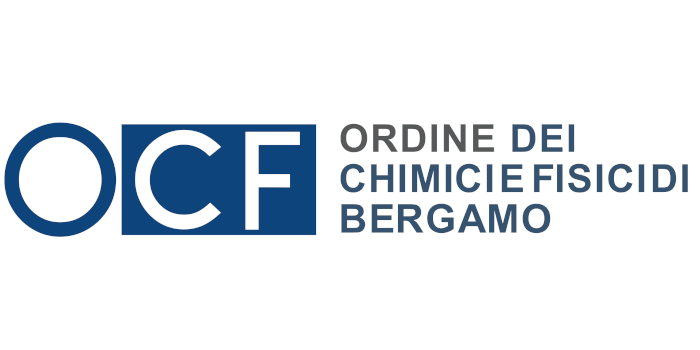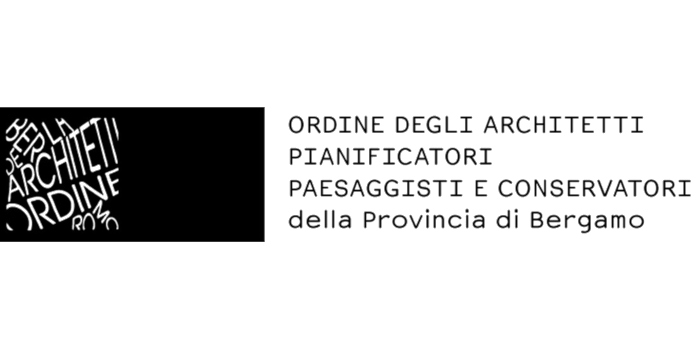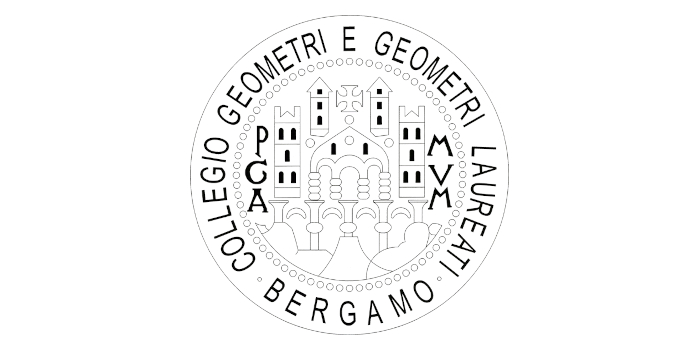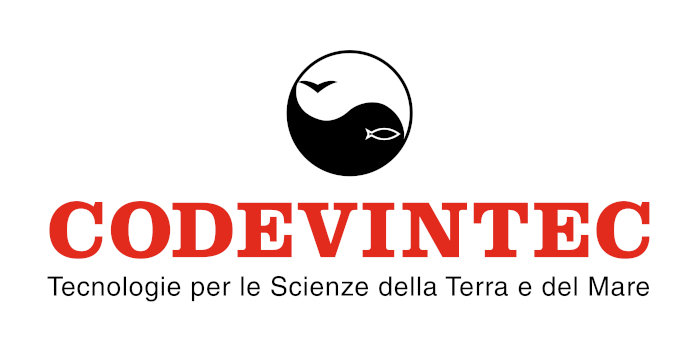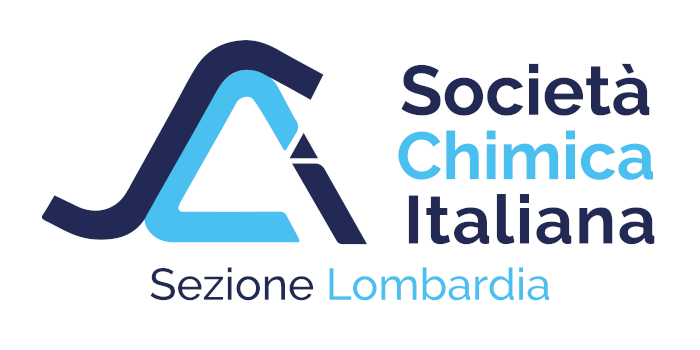SPECIAL SESSION #21
Multiscale And Multitemporal High Resolution Remote Sensing And Non-Destructive Testing For Archaeology And Monumental Heritage: From Research To Preservation
ORGANIZED BY
Giovanni Leucci
Institute of Heritage Science- CNR
Salvatore Piro
Senior Associate to ISPC-CNR
Sebastiano D'Amico
University of Malta
Lara De Giorgi
ISPC-CNR
Dora Francesca Barbolla
ISPC-CNR
ABSTRACT
The availability of high resolution remote sensing and non destructive testing techniques provides a multiscale and multitemporal approaches in the study of ancient settlements, landscapes the reconstruction of their development over centuries and their preservation.
Nowadays, the research in both landscape archaeology and diagnosis conservation needs the integration of different techniques of high resolution remote sensing: satellite (optical and radar data), aerial (photos, IR and Lidar data) from airplanes and UAVs, ground (integration of different geophysical techniques, field walking, DGPS topographical surveys), non destructive testing. The session aims to introduce new field surveys, new approaches and new integrations and analyses of geo-archaeological data for the study of the archaeological sites in order to enhance the knowledge of the investigated area related to historical reconstruction, production of tools for preventive archaeology and preservation of archaeological and monumental heritage; about the last task very useful are also non-invasive diagnosis through micro-geophysics.
TOPICS
Topics include, but are not limited to:
- Satellite remote sensing for archaeology using optical and radar data: new perspectives, semiautomatic and automatic approaches for extracting cultural information, study of the interconnection between environmental changes and dynamics of human frequentation;
- Aerial archaeology: from historical and traditional air-photos to IR and Lidar data;
- Integration of ground remote sensing techniques (geophysical prospecting) and field walking and DGPS topographical surveys for the study of ancient settlements and landscapes;
- Integration of non-invasive methods for preservation and protection of monumental heritage (micro-geophysics);
- Integrated Geophysical Methods in archaeological sites;
- Ancient hazard risk in the geo-archaeological record, as floods, landslides, earthquakes and tsunamis;
- Climatic and anthropogenic causes of ancient environmental and vegetational changes;
- Managing hillslope instability and soil erosion problems in the past;
- Application and integration of non-invasive EM methods (e.g. GPR, HSR, IR Thermography, etc.) in NDT for in situ analysis of ancient buildings;
- Marine geophysics.
- Integrated use of drone and geophysics for ARCHAEOLOGY AND MONUMENTAL HERITAGE.
ABOUT THE ORGANIZERS
Giovanni Leucci, is a research director at the Institute of Cultural Heritage Sciences - National Research Council (ISPC – CNR). He received MS degree in Physics from the University of Salento and PhD in Environmental Geophysics from the University of Messina. He has twenty years working on all aspects of exploration geophysics with more than 200 publications and many international awards. He is scientific director of the laboratory of geophysics applied to archaeology and Monumental Heritage at ISPC-CNR. He has participated in numerous archaeo-geophysics campaigns in prestigious archaeological sites (Petra-Jordan, Hierapolis, and Sagalassos - Turkey, Durres-Albany, the Roman ships of Pisa, Tindari, Ventarrón-Peru, Pompeii, Roman Forus, etc.).
He is scientific evaluator for:
- The IUGS and UNESCO for the evaluation of candidate sites to inclusion in the World Heritage list;
- the National Research Council of Romania, the German Research Foundation, the Czech Research Foundation, and the Agency for Science and Higher Education of ENQA (European Association for Quality Assurance in Higher Education) of the Croatian Government for the evaluation of national and international research projects.
For additional information see:
Salvatore Piro, received his degree in physics (geophysics) from La Sapienza University (Rome, Italy) in 1979. Between 1981 and 1984 he was a researcher fellow at the Institute of Technologies Applied to Cultural Heritage (now ISPC CNR-National Research Council – Italy) where he developed the acquisition, elaboration and interpretation techniques for Archaeological Prospection employing Magnetic, Geoelectric and Ground Penetrating Radar methods. Between 1984 till 1995 he was researcher confirmed and from 1995 till 2010 he was senior scientist in the same institute; from 2010 till now he is Research Director Geophysicist. Between 2002 till 2008 he was Professor of Geophysics for Archaeology in the University La Sapienza (Rome, Italy) and from 2012 to 2018 he was Professor of Applied Geophysics in the Earth Department of University La Sapienza (Roma). His research interest include acquisition and processing of integrated geophysical methods for near surface investigations. He is member of SEG, EAGE, Near Surface Geophysics, EGU, EEGS and ISAP societies. He is Associate Editor of Near Surface Geophysics, Archaeological Prospection, Journal of Archaeology and International Journal of Geophysics.
For additional information see:
Sebastiano D’Amico, is Head of the Department of Geosciences at University of Malta. He received his degree in physics from University of Messina (Italy) and holds a PhD in Geophysics. From 2005 to 2007 he joined the Istituto Nazionale di Geofisica e Vulcanologia (INGV) in Rome. In 2007 he moved to U.S.A. to join the Saint Louis University (Earth and Atmospheric Sciences Department). He joined University of Malta in 2010. His research interests are in the applied aspects of geophysics and earthquake seismology. He is the author of several publications in this field. From 2016 to 2018, he served as Vice-President of the European Seismological Commission.
For additional information see:
Lara De Giorgi, is a senior technologist at the Institute of Heritage Science (ISPC-CNR). She is a committed, knowledgeable and capable Research Fellow. Extensively published in theoretical and experimental work, with significant expertise in the field of applied geophysics. Highly experienced in project, design, and construction of new instruments. She is the Scientific director of the laboratory of geophysisics and she is working within numeros project programs related to the geophysics applied to archaeology and cultural heritage.
For additional information see:
Dora Francesca Barbolla, is a research at the Institute of Cultural Heritage Sciences - National Research Council (ISPC – CNR). She received MS degree in Geology from the University of Napoli Federico II and PhD in SCIENZE E TECNOLOGIE BIOLOGICHE ED AMBIENTALI from the University of Salento.
The research activities are environmental geophysical investigations in the broadest sense (risk of hydrogeological and water instability in areas of archaeological interest and historical centers with continuity of life), modeling of the first meters of the subsoil, characterization of rocks through geophysical parameters, development of new methodologies for integrated geophysical investigations and data processing. Analysis of potential fields and wave fields through the use of the Wavelet transform.





